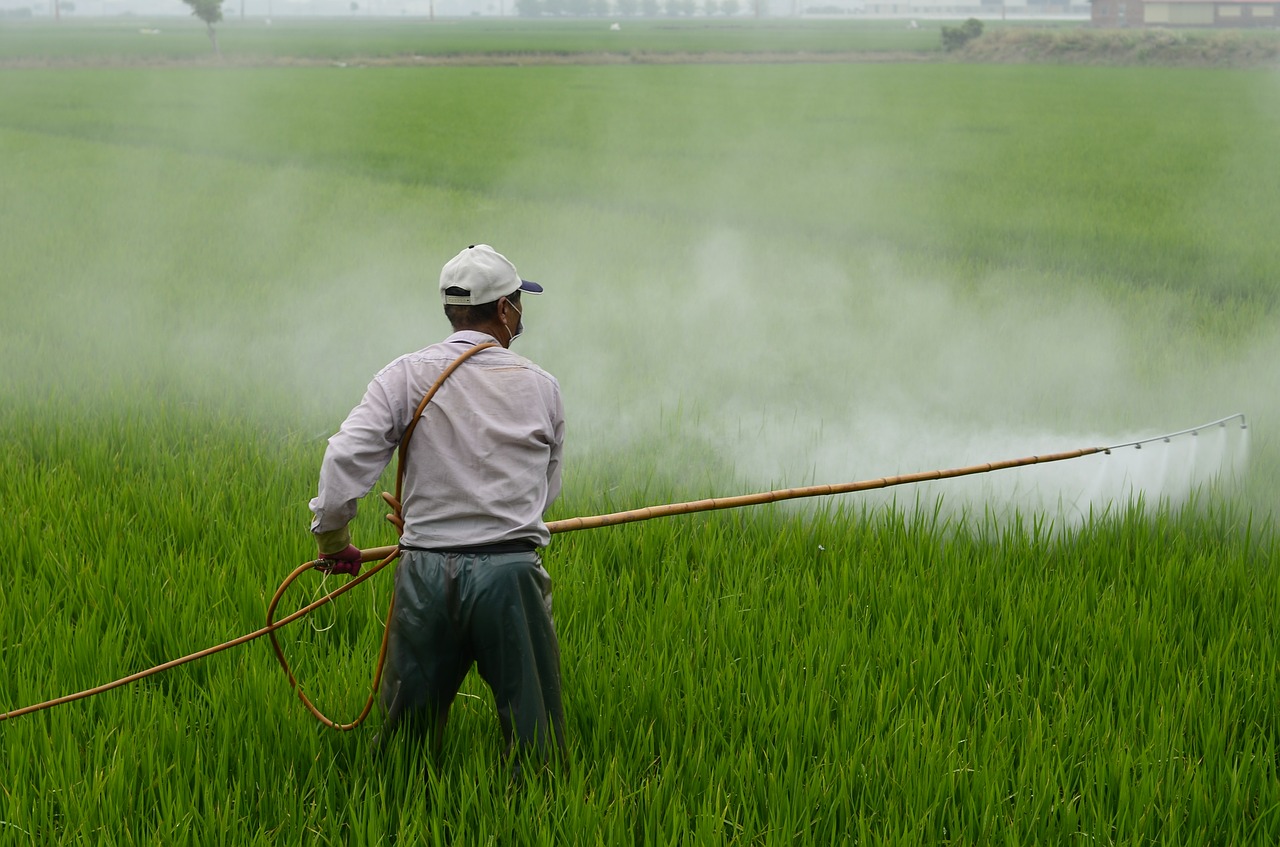(CN) — California released a plan Thursday to ban certain harmful pesticides used in both rural agriculture and urban pest control by 2050, replacing them with sustainable pest management practices.
Put out by the state Department of Pesticide Regulation, the California Environmental Protection Agency, and the California Department of Food and Agriculture, the Sustainable Pest Management Roadmap for California is not an immediate ban on certain pesticides, but a “north star,” as Julie Henderson, the director of the Department of Pesticide Regulation said.
The roadmap will guide the state through a gradual process of first identifying the most harmful, dangerous, and “high-risk” pesticides for humans who live around the areas they’re used. After that, the state will figure out how to offer safer alternative pesticides or other nonchemical pest control practices to farmers and pest managers.
The report defines “high-risk” pesticides as pesticides that have “active ingredients that are highly hazardous and/or formulations or uses that pose a likelihood of, or are known to cause, significant or widespread human and/or ecological impacts from their use.”
Pest management refers to not only thwarting and killing insects and other critters that disturb agriculture and crops, but rodents in urban areas as well.
The roadmap refers to sustainable pest management as “a process of continual improvement that integrates an array of practices and products aimed at creating healthy, resilient ecosystems, farms, communities, cities, landscapes, homes, and gardens. SPM examines the interconnectedness of pest pressures, ecosystem health, and human wellbeing SPM asks each of us to become an active participant and an informed steward in the effort to enhance a healthy, thriving California.”
Henderson noted the communities in both rural and urban areas that experience the brunt of the human health effects of pesticides are often disproportionately affected by other toxins.
“By 2050, pest management approaches in both agricultural and urban contexts in California will promote human health and safety, ecosystem resilience, agricultural sustainability, community well-being and economic vitality," the report says. "The implementation of these approaches will help steward the state’s natural and cultural resources, enabling healthy lives for all and an abundant, healthy food supply for future generations.”
The roadmap came out of the work of a group of academics, farmers, industry groups, environmental activists, government, and tribal representatives in both rural and urban settings who were tasked with ways the state can transition away from high-risk pesticides into sustainable pest management. The map also calls for tighter coordination of pesticide use policy by the state, investing in new pest management tools and outreach, the enhancement of environmental monitoring, and stepping up the state’s process of evaluating new pesticides, so that newer, safer, pesticides can get to market, and people aren’t “just reaching for the easiest, cheapest solution,” Henderson said.
The first step of the roadmap is an open public comment period, where the public can respond to the nearly 100-page plan. The comment period will be open until March 13.
The Department of Pesticide Regulation will also host a series of webinars to discuss the roadmap next month.
“Being able to get to this future, this north star, really will require collective action,” Henderson said.
The Agricultural Council of California declined to comment, saying it is still looking over the published roadmap.
Subscribe to Closing Arguments
Sign up for new weekly newsletter Closing Arguments to get the latest about ongoing trials, major litigation and hot cases and rulings in courthouses around the U.S. and the world.









